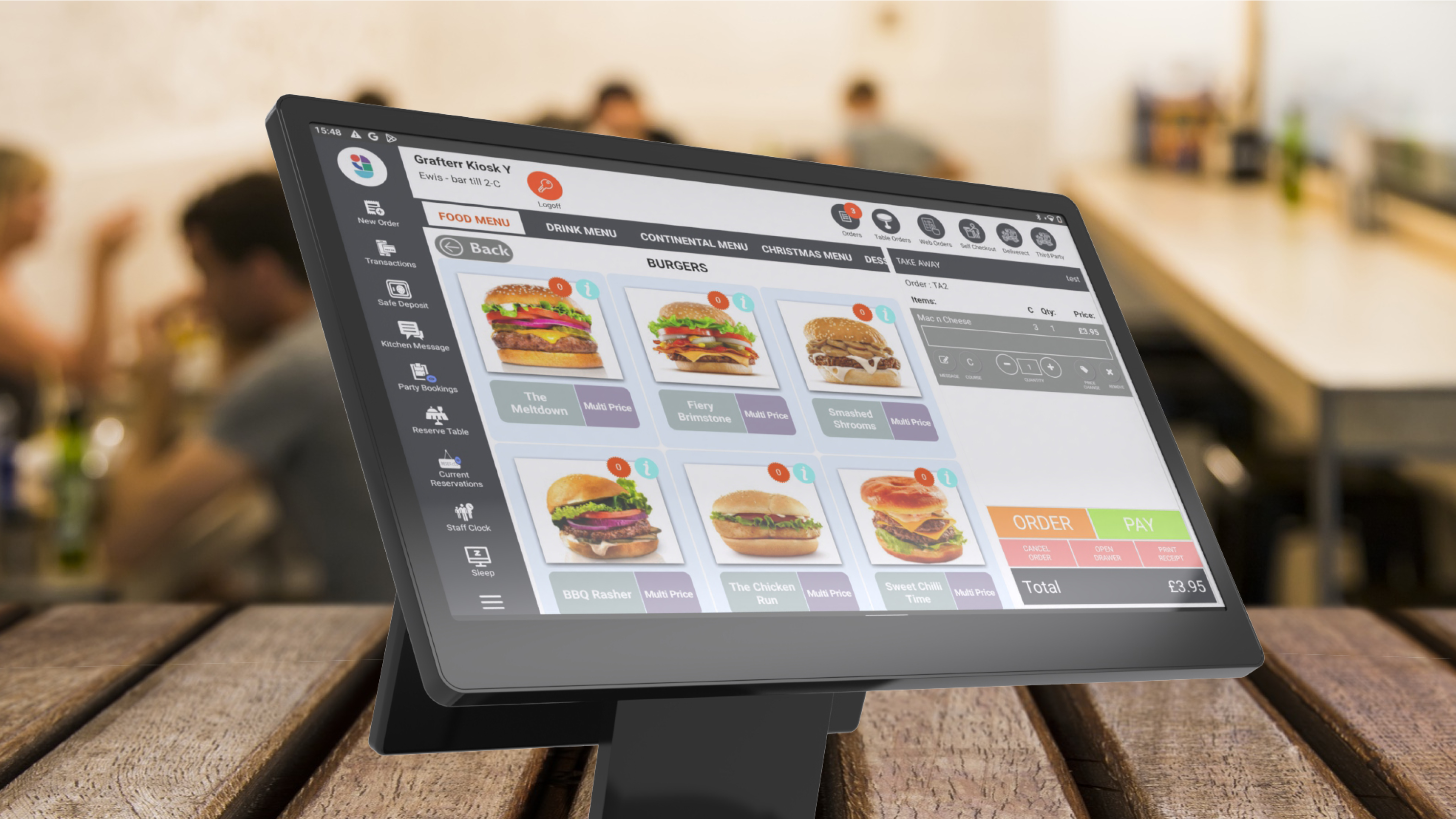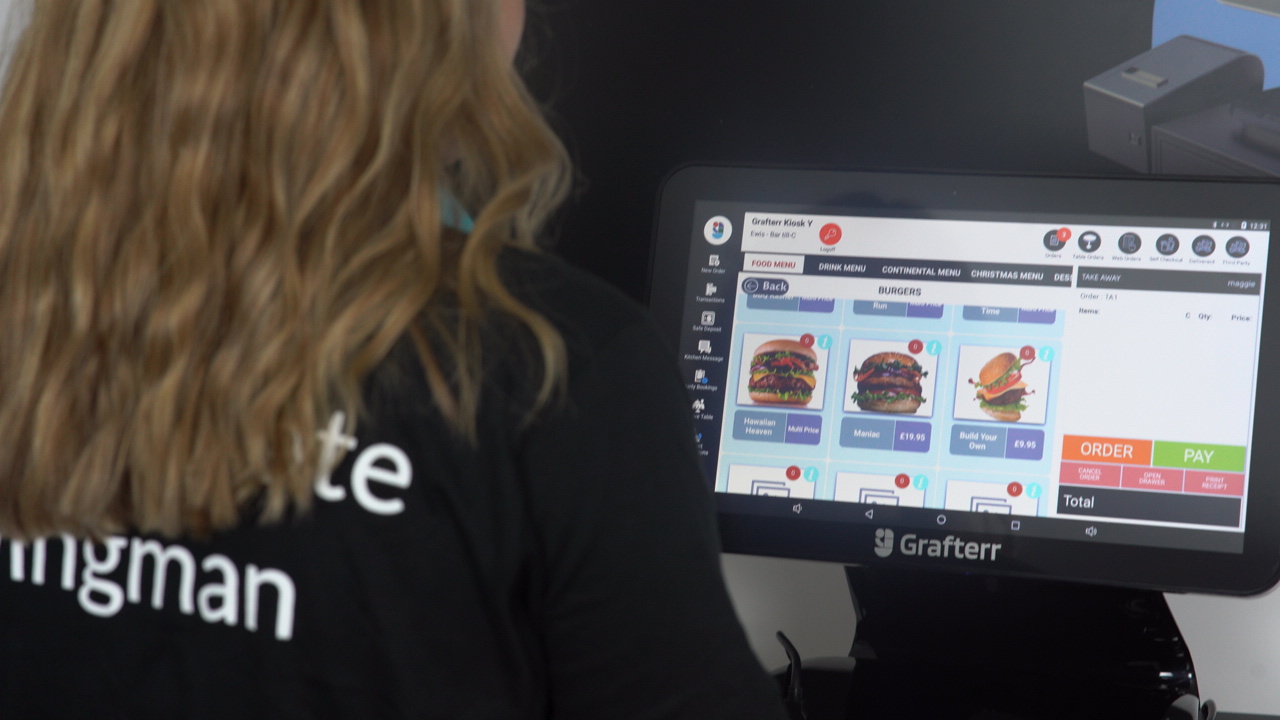Running a takeaway business comes with its unique challenges. From managing orders during peak hours to keeping track of customer preferences, every element needs to work seamlessly. Some of the common challenges takeaways face when it comes to managing orders efficiently can include:
- High order volumes during peak times
Peak hours often result in a surge of orders, both in-person and online. Without a system to prioritise and organise these orders, delays and mistakes are inevitable, leading to customer dissatisfaction. - Managing multiple order channels
Takeaways often receive orders from various platforms—online apps, phone calls, and walk-ins. Coordinating these channels manually can be chaotic and result in missed or duplicated orders. - Inventory mismanagement
Without real-time inventory tracking, it’s easy to run out of key ingredients unexpectedly. This not only halts order fulfilment but also impacts customer experience when items suddenly become unavailable. - Order accuracy issues
Errors in taking or processing orders, such as wrong items or quantities, are common in busy environments. This can lead to customer complaints, refunds, and loss of trust in your service. - Lack of clear communication with the kitchen
When the kitchen receives incomplete or incorrect information about orders, it slows down preparation times and increases the chance of mistakes, especially during high-pressure periods. - Time-consuming manual processes
From taking orders on paper to manually updating menus or inventory, outdated processes can drain staff efficiency and lead to bottlenecks in order handling. - Difficulty in handling special requests
Customers increasingly expect personalisation, whether it’s dietary requirements or specific preferences. Keeping track of these details manually can lead to errors or forgotten instructions. - Limited staff availability
Takeaways often operate with small teams, especially during non-peak hours. Without tools to support efficient order processing, staff can quickly become overwhelmed. - Inadequate reporting and insights
Without access to data on sales trends, popular menu items, or peak order times, it becomes challenging to optimise staffing, inventory, and operations effectively. - Integrating online and offline operations
If your online orders aren’t synced with in-store processes, it can lead to overselling, missed orders, or delays, frustrating both customers and staff.
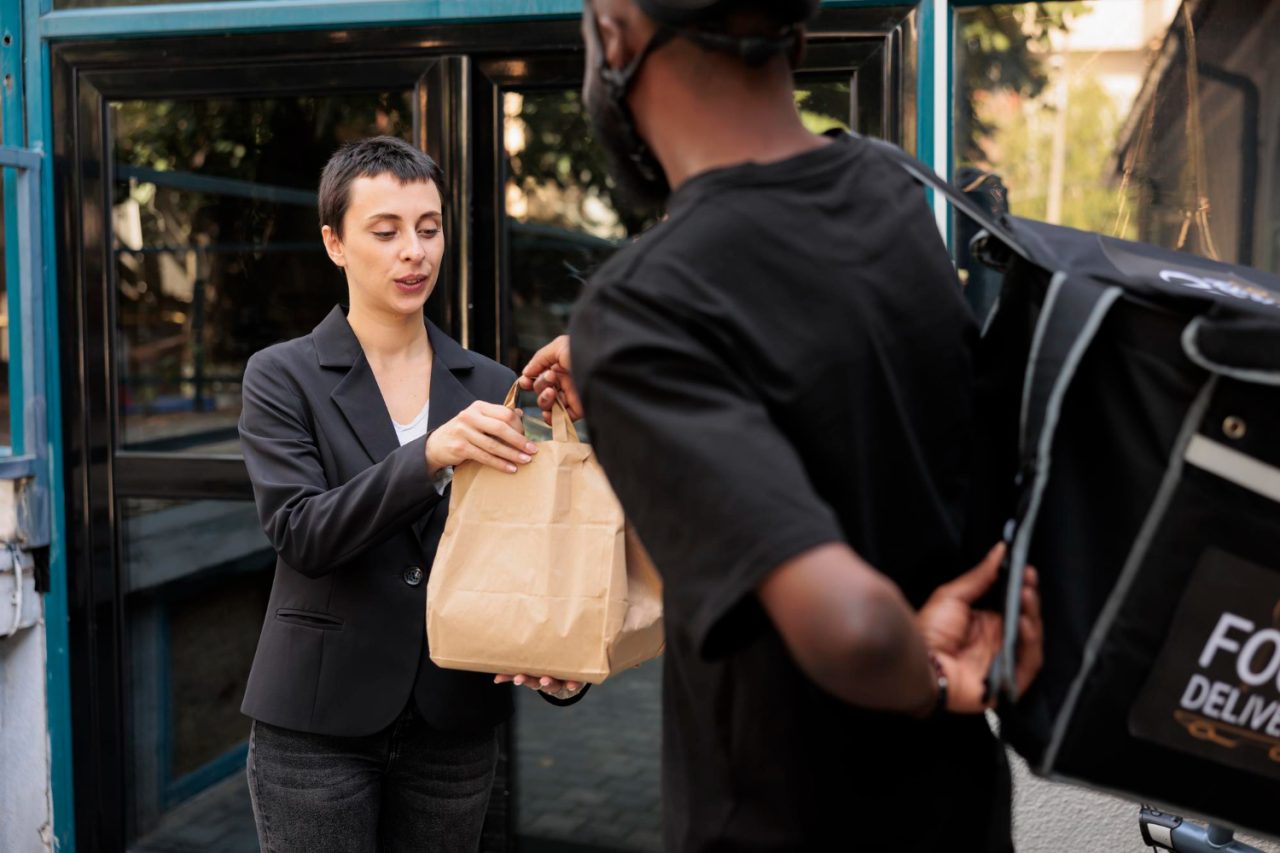
A powerful point-of-sale (POS) system can simplify operations and enhance customer experience. But not all POS systems are created equal. Here are the five essential features every takeaway business needs in its POS system.
1. Efficient order management
Managing orders quickly and accurately is critical for takeaway success. Your POS system should have a simple interface that allows staff to process orders swiftly. Features like real-time order tracking, easy menu updates, and integrations with kitchen display systems (KDS) can minimise errors and improve speed.
For takeaways offering online and phone orders, a unified platform that combines all order channels ensures nothing falls through the cracks. This also means customers won’t face delays or mistakes in their orders.
2. Integrated online ordering capabilities
Online ordering is a key revenue driver for takeaway businesses. A POS system with built-in online ordering capabilities allows you to sync menu items, track inventory, and manage customer data from one place. This eliminates the hassle of working with third-party apps that charge hefty commissions.
By offering customers the convenience of ordering directly from your website or app, you can build loyalty and improve profit margins. Integrating with payment gateways and providing secure transactions are also vital.
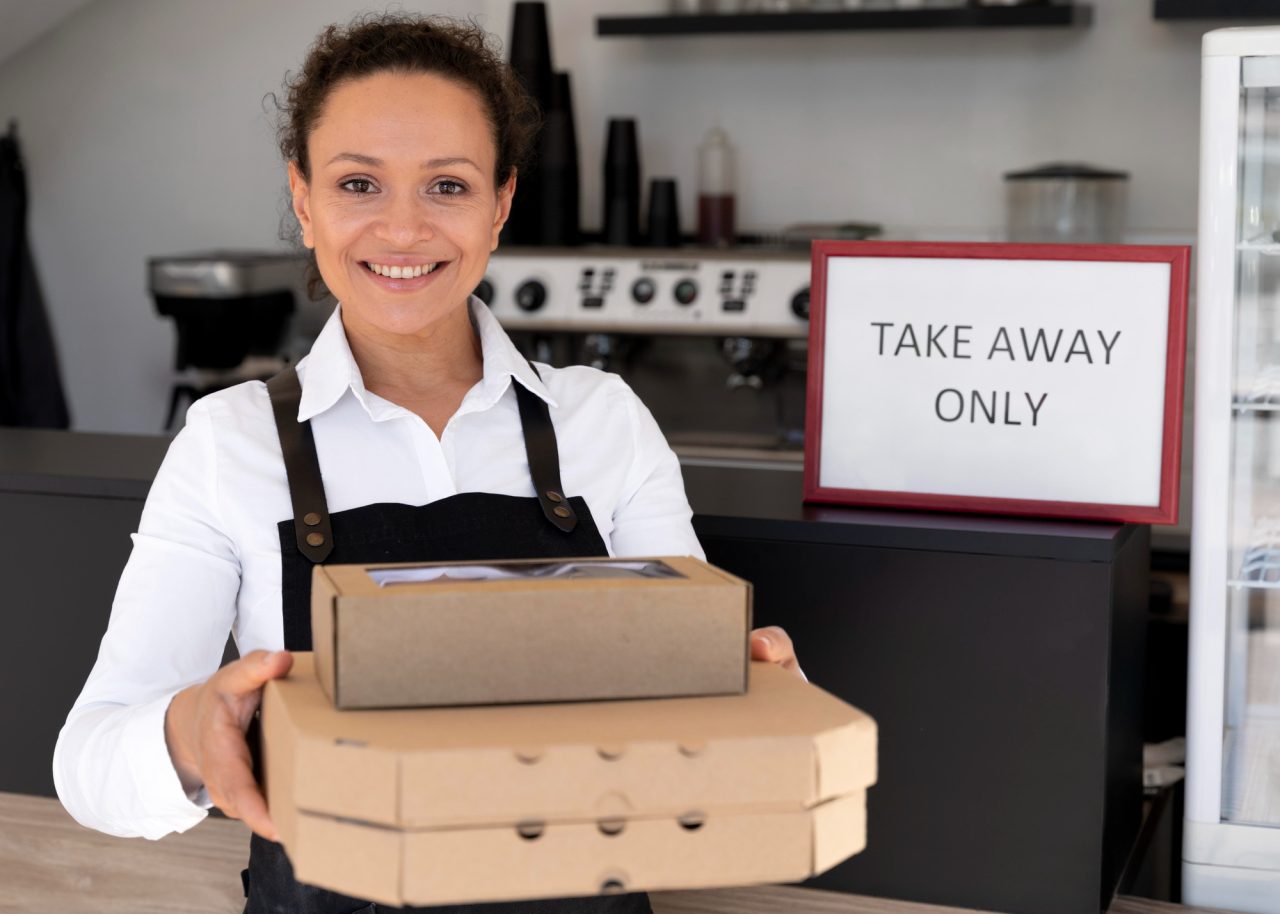
3. Customisable menu and promotions
Customers love personalised experiences. A POS system should allow you to tailor menus based on availability, customer preferences, or special occasions.
Additionally, running promotions or discounts is easier when your POS has built-in tools to set up limited-time offers or bundle deals. For example, you can automate upselling suggestions such as “Add fries and a drink for £2 extra,” boosting average order size.
4. Advanced reporting and analytics
Data is invaluable for understanding customer behaviour and optimising operations. A robust POS system should provide detailed reports on sales, peak hours, and popular items. Insights from these reports can help you tweak operations, improve staffing, or decide which dishes to promote.
Tracking daily and weekly performance also helps identify trends and keeps your business financially healthy.
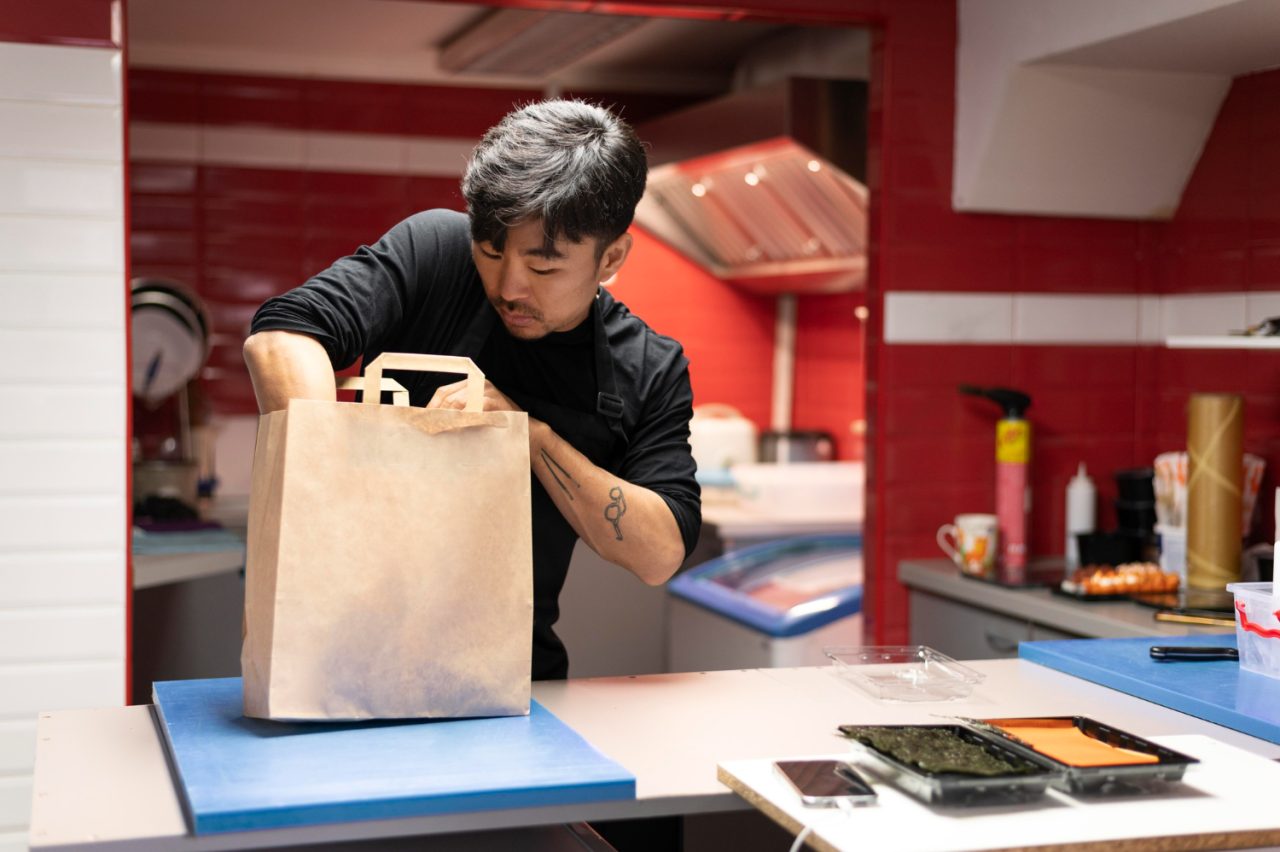
5. Flexible payment options
Today’s customers expect flexibility when paying for their orders. Your POS system should accept multiple payment methods, including card payments, contactless options, mobile wallets, and even QR-based payments.
Offering a seamless checkout process not only satisfies customers but also ensures faster service, especially during busy hours. Additionally, secure payment processing builds trust and keeps your customers returning.
Discover Grafterr POS: Perfect for takeaway businesses
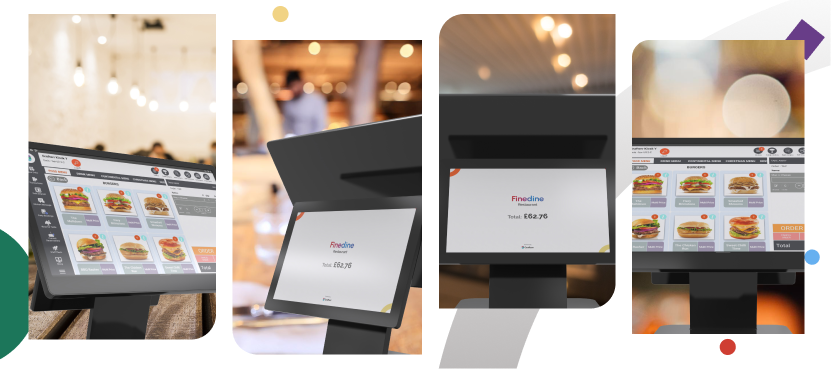
Grafterr POS is designed with the needs of modern takeaway businesses in mind. It offers a unified platform that integrates online and offline orders, customisable menu options, and real-time reporting to keep you in control. With built-in online ordering and payment flexibility, Grafterr POS empowers you to grow your business while keeping operational costs low.
Explore Grafterr POS and learn how it can transform your takeaway operations.
